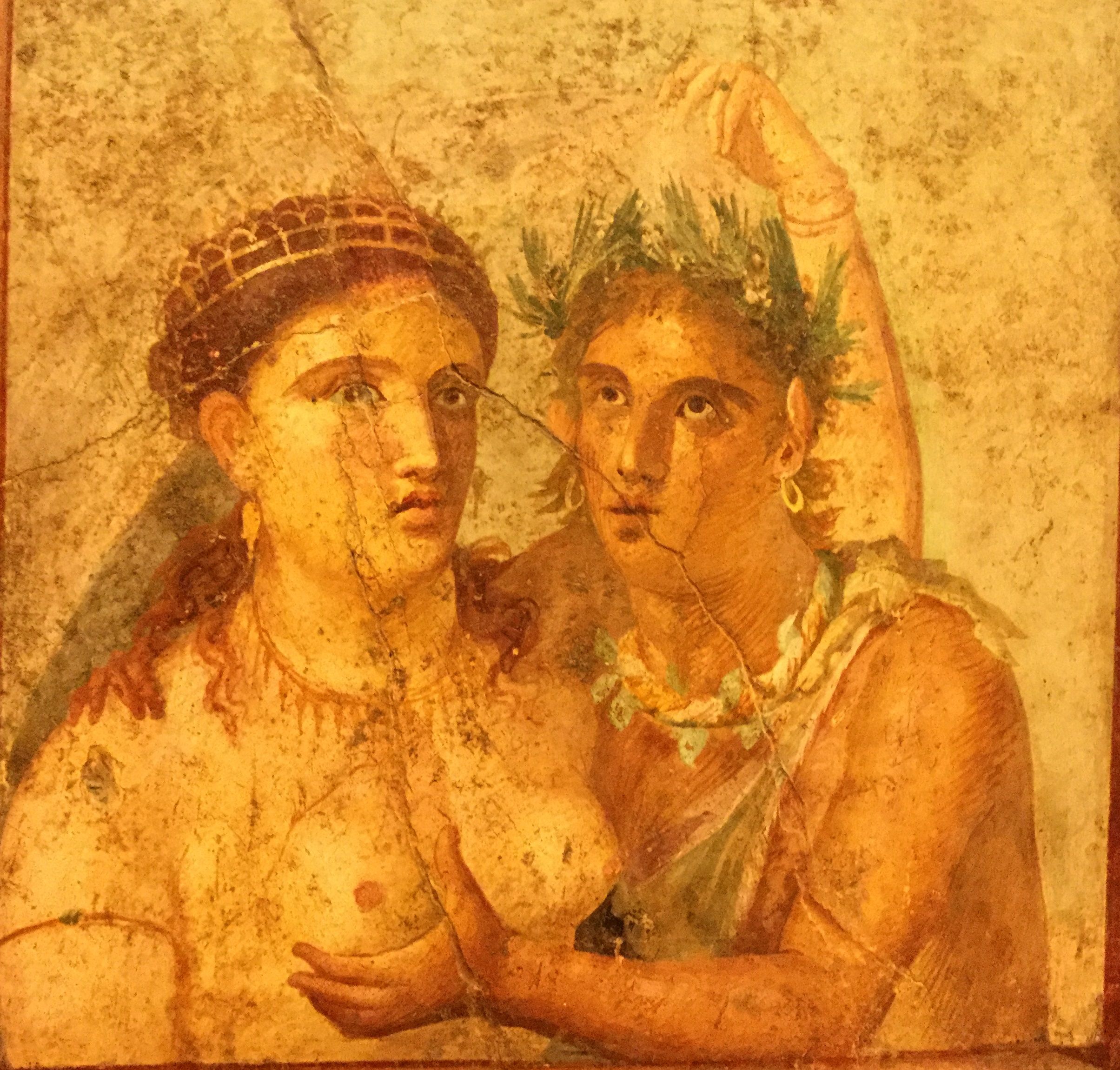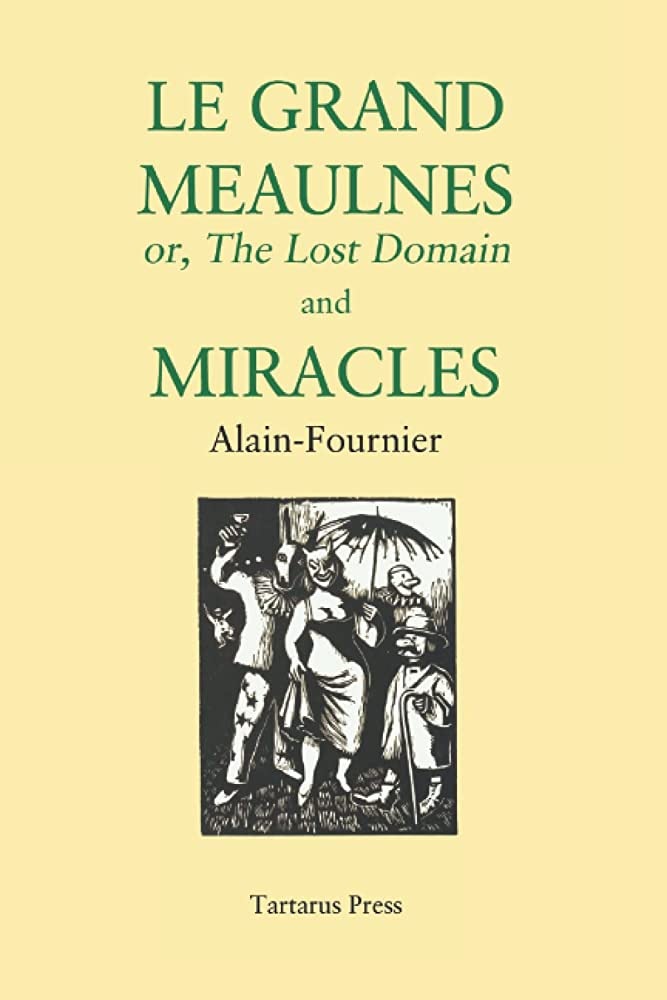Burial of the Lord of Orgaz
Compartir este artículo Tweet
The Burial of the Lord of Orgaz is a painting by El Greco displayed in the mortuary chapel of Santo Tomé church, Toledo, Spain. It is his most famous work and has a history full of peculiarities and charm.
While not exceptionally artistic, it wasn't the case for El Greco after painting the Martyrdom of Saint Maurice, which left him unemployed at the Escorial. Despite this, King Philip II, with a keen eye for art, paid him well before closing the doors of fame.
The Burial of the Lord of Orgaz is supported by well-documented events before and after its conception. It's a work that wouldn't gain much outside its intended context. The first detail is the name: the painting is named after the Burial of the Lord of Orgaz, not the popular version. The deceased, Don Gonzalo Ruiz, was merely the Lord of Orgaz, and the title of Count was bestowed on his children after his death. He was indeed devout; his will left the assets of a tax that Orgaz citizens were to pay to Santo Tomé church.
Following the wishes of the Lord of Orgaz, he was buried at Santo Tomé church (scientific evidence: excavations in 2001). Today, his tomb is part of the artistic complex comprising the Conception chapel, El Greco's painting, centuries-old informative plaques, and the grandeur required by modern monument preservation and entry fees (2.50 euros when I visited).
In my view, Toledo remains a city waiting to be discovered. Despite its proximity to Madrid, it's an overlooked bastion of tourism. Its secrets reside in streets and squares. Perhaps it's one of the few cities that boasts the regional and cultural authenticity of its souvenirs. Its cathedral, treasure, history, view from the Tagus River, and the house of El Greco that isn't his own...
Two individuals are buried in the chapel: the aforementioned Lord and his wife. During El Greco's years, Andrés Núñez de Madrid served as the parish priest of Santo Tomé (1562-1601). He and his parish were marked by events converging with the life and death of Don Gonzalo Ruiz.
Priest Andrés Núñez ensured that the neighbors of Orgaz paid the tribute to the church that they considered unnecessary but was stipulated in the deceased's will. He even had the miracle at the burial (which will be discussed) recognized by Catholic institutions.
He renovated the mortuary chapel, even building the dome after authorities denied permission to move the remains to a better location. Another significant event tied to Núñez was commissioning El Greco's painting that can be seen in the chapel today.
Miracle at the Burial of the Lord of Orgaz
When Don Gonzalo Ruiz passed away, his reputation as a saint had already spread throughout Toledo and neighboring towns. It wasn't uncommon for a portion of the population to firmly believe, as it has been commemorated every year since in the Santo Tomé church, that on the day of his burial, St. Augustine and St. Stephen appeared to carry him to his resting place.
A miracle of such magnitude, occurring in December 1323, was included by Alonso de Villegas in his "Flos Sanctorum," albeit under the section of the extraordinary. The event was on the verge of becoming a legend and gradually fading away, for it is known that even the institutions of the Almighty here on earth are subject to the rule that now governs all earthly matters: What isn't written down, didn't happen.
Thus, it was crucial for Toledo and its understanding that parish priest Andrés Núñez won this battle against oblivion. To celebrate his victory, and not, as many think, to remind the people of Orgaz about the tribute – as he had already won that battle too – he commissioned El Greco to create a painting as a testament to the burial.
As was the case for artists at that time in Spain, it was somewhat complex, especially for artists with aspirations, as the deserving Dominico Greco – as the Cretan painter was known in Toledo – must have had. He arrived with a note in his résumé that any painter of his time and the preceding centuries would envy: Disciple of Titian, which meant having a deep understanding of color in his hands and mind. Titian is color, and to some extent, El Greco – if you lower the bar a bit from Michelangelo – is color as well.
A circumstantial factor had brought him to that city and perhaps to a country where no one could claim the title of painter with the same confidence as he could. That's what's said. And another circumstantial coincidence, El Greco found himself amidst a Spain weary of amalgamating several layers of foreign cultures atop one another without order or restraint. Moorish, European, Jewish influences, the fever of conquest, a reaction against the dogmatism of a church regulating every aspect of human life. Spain was poised for an artistic reform, some say it still is.
A circumstantial factor had placed him in that city, and perhaps in a country where at that time, there existed a widespread perception that El Greco had reached a level of mastery that few artists could claim. This positioned him uniquely, as the artistic community didn't possess the same confidence to self-proclaim as a painter at that caliber. Simultaneously, a casual yet significant circumstance was unfolding: El Greco found himself amid a Spain grappling with the complexity of merging multiple layers of cultures, each with its own influences and characteristics. From Moorish heritage to European influence, passing through Jewish influence, the fever of conquest, and a reaction to the rigidity of a church that regulated every aspect of life. Essentially, Spain was in a state of chaotic amalgamation of diverse cultures, which created fertile ground for an artistic reform that some argue is still underway.
The influence of these circumstances on El Greco's work is reflected in his unique style and how he approached spiritual and earthly themes. His ability to capture the essence of that cultural amalgam in his works became a distinctive feature of his art.
The Burial of the Lord of Orgaz, when examined closely, reveals two clearly defined planes: an earthly one and an ethereal one. In this work, parish priest Andrés Núñez provided detailed instructions in the contract about how the burial should be depicted. El Greco followed these instructions precisely, though in some aspects, he added his artistic touch, leading to speculation about the identities of some attendees at the burial. Some have even asserted that Cervantes might be depicted in the painting, though these interpretations have been widely debated and discussed.
Despite uncertainties about the identity of some depicted characters, two figures are undeniably clear in the painting. One is Alonso de Covarrubias, whose resemblance to another portrait by El Greco is evident. The other is the child Jorge Manuel, the painter's own son, who carries a handkerchief in his pocket with El Greco's signature and the birth date. This inclusion can be interpreted as the ingenious painter's attempt to leave his mark on two important aspects of his life: his son and the work itself.
The saints Augustine and Stephen, recognizable by their attire and age, are prominent elements in the painting. Saint Stephen wears his dalmatic adorned with an image of his own martyrdom, while Saint Augustine holds depictions of Saint Catherine, Saint James, and Saint Paul. Among them stands the deceased Lord of Orgaz.
The upper part of the painting simulates a womb through which the soul ascends in the form of a child, being received by the Virgin and Saint John the Baptist. The process of appraising the work in those times involved appointing two experts who determined its value at 1200 ducats, a respectable sum considering that El Greco had previously received 318 ducats for The Disrobing of Christ and 800 for The Martyrdom of Saint Maurice from Philip II.
The relationship between Andrés Núñez and El Greco is also highlighted in this context. Núñez, driven by determination, sought the appraisal of two additional experts to increase the value of the painting, which ultimately led to an appraisal of 1600 ducats. Although it seemed that El Greco would financially benefit from this situation, the parish priest of Santo Tomé proved to be a formidable opponent in this struggle.
Upon completing the commission, which took two years (1586-88), El Greco managed to find greater balance in his life. His work left an impact not only on the Santo Tomé church but also on the history and pride of Toledo and Spain. This globetrotting painter, whose writings and stories have been documented in valuable publications, proved to be exceptional even in the way he crafted his own narrative.
In another intriguing episode, it is said that El Greco attempted to persuade Pope Pius V in Rome to repaint Michelangelo's Last Judgment in the Vatican, claiming that its nudity was considered unorthodox. However, the challenges he encountered in Rome led him to seek a place where he could unfold his artistic brilliance.
Thus, he arrived in Toledo after completing The Martyrdom of Saint Maurice and not receiving further commissions in El Escorial. The city along the Tagus River received him as just another craftsman, but El Greco, with his tireless determination and skill, managed to make his genius transcend not only the borders of Toledo and Spain but also the global stage, influencing even future artists like Picasso.
The relationship between the daring priest Andrés Núñez and El Greco didn't suffer either after the litigation surrounding the Burial of the Lord of Orgaz painting. It is speculated that El Greco, though there is no concrete evidence of this, painted a Crucifixion using said parish priest of the Santo Tomé church as a model.
Articulos anteriores

... Más info


